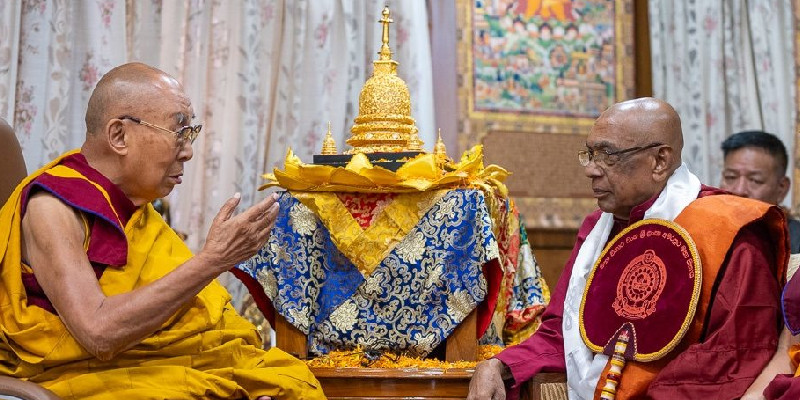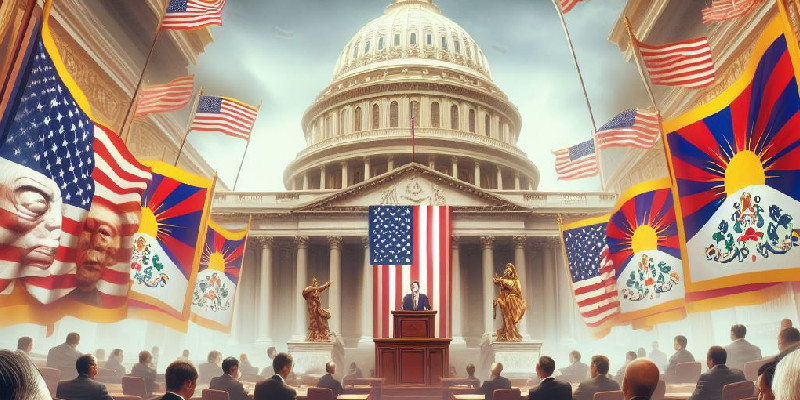Dharamshala, 22nd July: Despite enacting legislation to safeguard Tibetans, China forced the Chinese language on people inside Tibet. The Chinese government has long produced laws and comments expressing its support for minority languages, including regulations requiring bilingualism on all public signs in minority areas. However, the recent data from the Tibet Autonomous Region (TAR) reveals the Chinese authorities’ true attitude toward minority languages: they are second-class languages.
Tibetan has always been put above Chinese on all public signboards, notices, and banners in the TAR, at least since the commencement of the reform era in the 1980s. However, a team of academics engaged by Human Rights Watch collated scores of pictures from the official Chinese media over the last year that clearly demonstrate a substantial shift: with the exception of older banners, Chinese is now invariably above Tibetan.
Although the decision to subordinate Tibetan to Chinese in official signage was not made public, it is now universal throughout the TAR, including in isolated areas, indicating that it is a state-imposed mandate. The shift sends a clear message to the Tibetan people about what the government hasn’t said out loud.
Minority peoples in China regard language provisions as essential protections of their separate identities. As Human Rights Watch documented concerning measures supporting Chinese-medium teaching in Tibetan primary schools, which are meticulously but deceptively promoted as promoting bilingualism, curbs on them tend to be applied softly and slowly. In some circumstances, such as with Mongolian language education in Inner Mongolia in September 2020, these practices have prompted protests.
Since August 30, 2020, the order of languages on public signage has been reversed. That was the day after China’s leader Xi Jinping revealed his new Tibet policy at a gathering called the 7th Forum on Tibet Work. In Tibetan schools, these stressed “ethnic mingling” and “patriotic education,” programs that suit Beijing’s interests at the expense of Tibetan identity.
These policies are presently being implemented in stages. For example, a new effort in TAR villages and monasteries aims to teach Tibetans the “national common language” in order to “raise population quality” and “forge the consciousness of Chinese national community.” Tibetan is still spoken and utilized, but the new restrictions that place Tibetan below Chinese on public signage show that challenges to the language – and thus Tibetan identity – are mounting.
Image Source: hrw.org







Leave a Reply